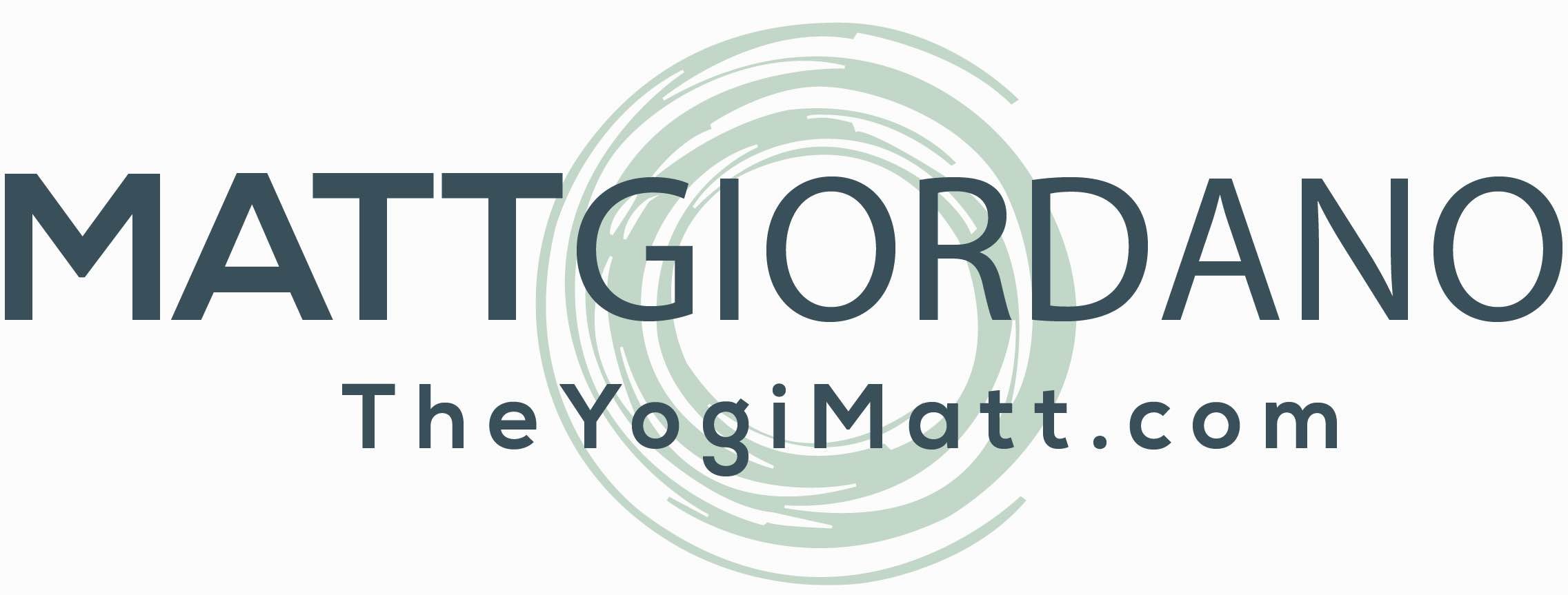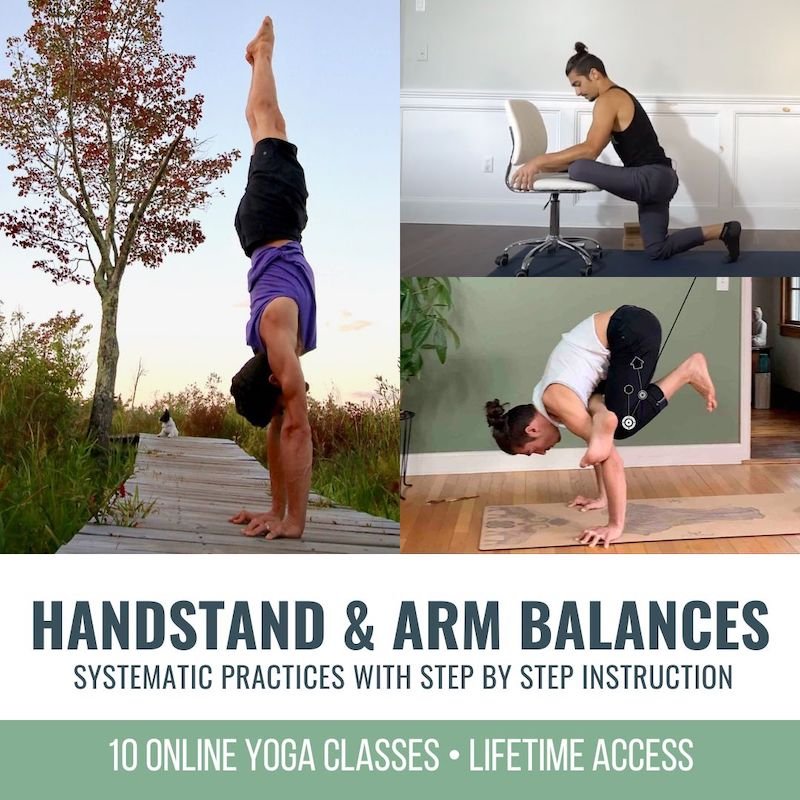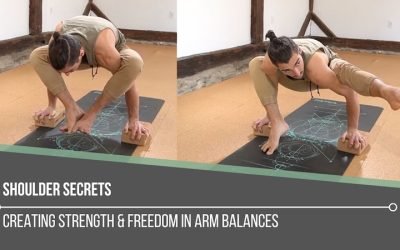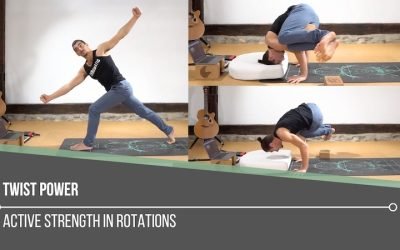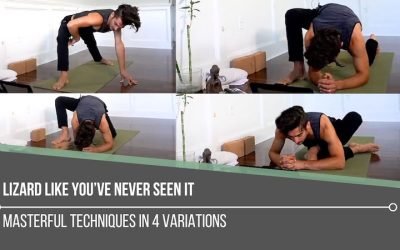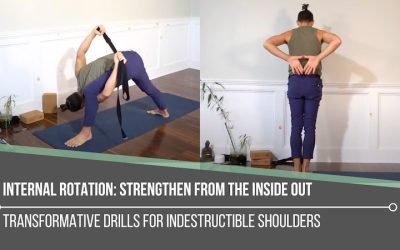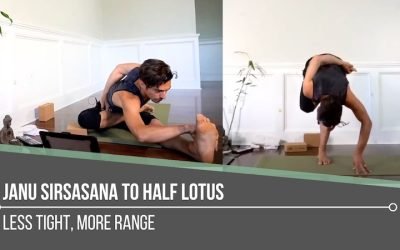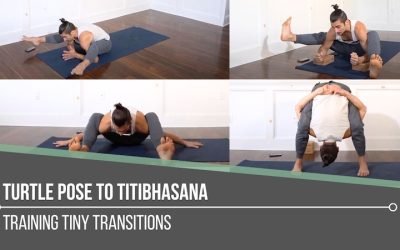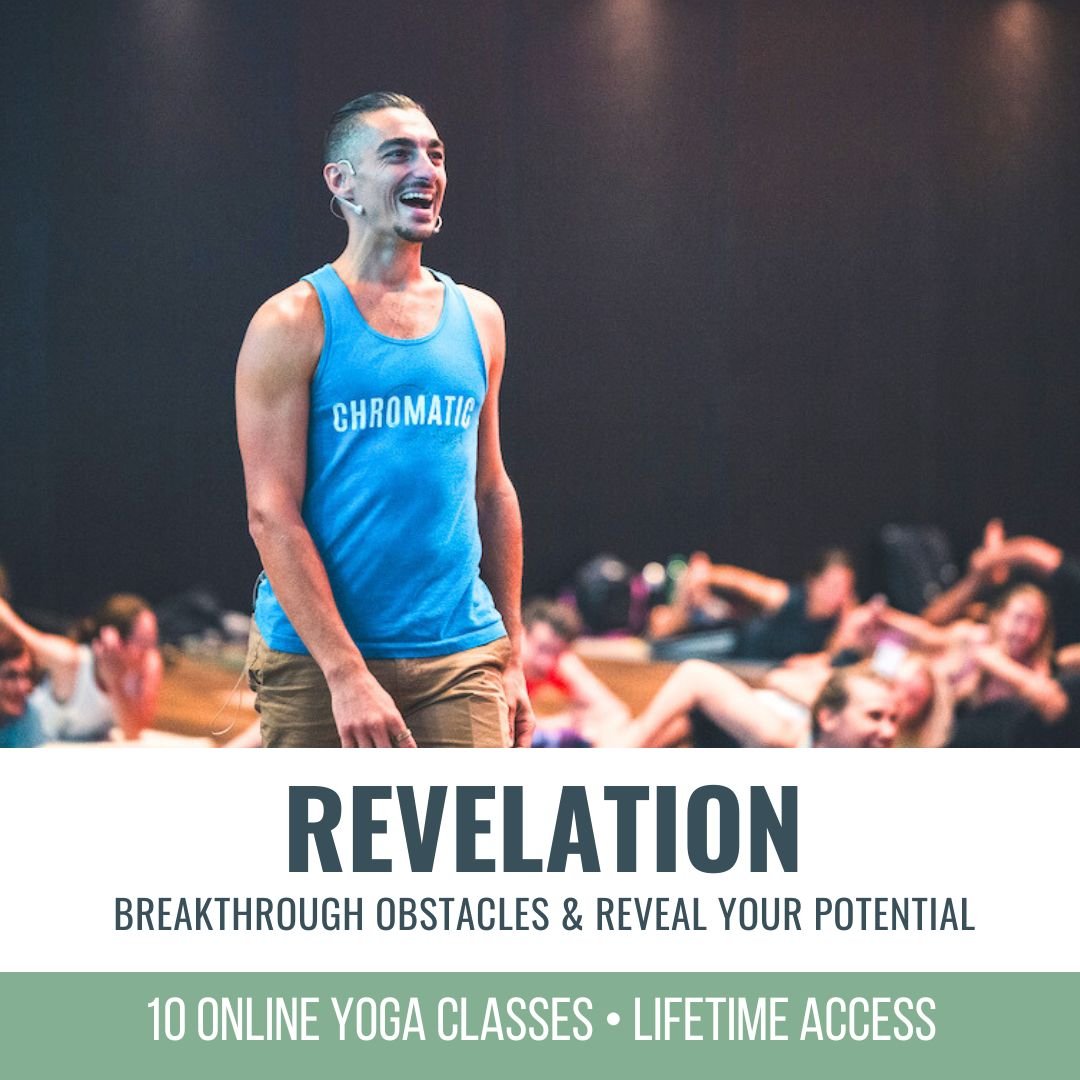Shoulder SecretsbhujapidasanaSHOULDER SECRETS When approaching arm balances, it’s not unusual to go straight to a focus on the wrists. Having to bear our weight into the wrists while balancing our body weight can be an intimidating thought (especially if we don’t...
Inversion Journey
Inversion Journey
adho mukha vrksasana
INVERSION JOURNEY
In the previous blog, Inversion Success: Alignment, Drills & Preparation, I talked about how Matt provides the education and keys to building a solid foundation to execute handstands. What we must understand is that our inversion journey continues. Building upon the foundation and continuing to practice and refine never ends. We are either working to maintain and/or build the musculature, strength, balance, and flexibility to fulfill what’s required of a straight handstand. If we’re ready to put in the work and build upon what we’ve already established as a good base, then the drills and skills Matt demonstrates today will only take our inversion journey further and amplify our experience and ability.
HANDSTAND AND ARM BALANCES
REGISTRATION NOW OPEN
- 10 Chromatic Yoga practices with founder Matt Giordano
- Full length 75 minute classes
- Each Yoga class includes handstand drills and 1 arm balance breakdown
- Each class includes warm ups, sun salutations, standing postures and preparatory postures for the selected arm balance of the day
- Improve your body awareness and advance your practice
- Technique, biomechanics, and alignment at the forefront
- 12 Continuing Education hours with Yoga Alliance
- 12 Accredited Hours with the Chromatic School of Yoga
- Step-by-Step instruction for increased accessibility
- Improve strength, balance, flexibility, and proprioception
- Appropriate variations and modifications for all levels
DOWNWARD DOG PUSH UPS
Downward Dog Push Ups check off so many things on the list of what’s required for handstand development. In our inversion journey, it’s going to help to build upper body strength, more specifically in the shoulders, triceps, and forearms.
Matt demonstrates 2 variations in today’s video. In the first, we are in a more “traditional” Downward Dog position (both feet on the ground) and in the second, we are in a Three Legged Dog position which increases the weight of the movement.
The unique thing about both variations is that it’s what we do through the wrists and the hands that intensifies this drill. When returning to a lengthened position from bent elbows, we lift the heel of the hands, then the head of the metacarpals, finally coming up to the fingertips. At the top of the movement elbows are straight and shoulders are up towards the ears.
WATCH THE VIDEO
INVERSION JOURNEY: MASTERING ELEVATED HANDSTAND DRILLS
HOLLOW BODY HOPS
Hollow Body Hops are a great building block that can be implemented as an extension from Matt’s Handstand Prep position #1. What we improve upon here is our ability to shift our weight more into the hands and away from our feet and hips. In fact, we pop off of the feet and start to create a longer hold of balanced weight into the hands.
Here, we place our hands more forward than we would in Handstand Prep #1. Instead of just lifting the heels we do a slight hop off of the feet to propel ourselves more forward in order to bring the feet closer between the hands once again.
In the video Matt demonstrates how to go both forward and backwards in these hops.
200 HOUR ONLINE TEACHER TRAINING
GET CERTIFIED & DEEPEN YOUR YOGA PRACTICE
- Deepen your yoga practice
- Build confidence speaking in front of groups in person and online
- Learn foundational class structures and templates
- Learn techniques for a wide range of yoga postures
- Get certified and highly qualified to teach yoga
- Yoga Alliance Globally Recognized Certification Program
TUCK SWITCH & KICK SWITCH
Tuck Switch
Here we build upon Handstand Prep position #3. Again, it’s more dynamic. We are tucking one knee into the chest. We continue to practice the shift of the weight into the hands while alternating the tuck into the chest of each leg. Within this drill too, we can take a step back from the more active tuck switch by creating a smaller, slower switch of the feet. Alternatively, just like the Hollow Body Hops, we can practice a longer hold.
Kick Switch
In Handstand Prep position #2, Matt teaches us how to set up an “L” shape in Handstand. Just like the tuck switches, we are jumping off of one leg and landing with the other. Instead of the tuck, both legs are extended in a lengthened position.
300 HOUR ONLINE TEACHER TRAINING
GET 500 HOUR CERTIFIED AS A MASTER TEACHER
Master your skill set as a teacher through refined techniques, anatomy, biomechanics, sequencing, philosophy, meditation techniques, theming, yoga business, and much more!
- Get 500 hour certified
- Learn anatomy, biomechanics, asana techniques
- Expand your teaching skills
- Masterful sequencing and verbal delivery
- Learn meditation and breathwork techniques
- Transformative tools: theming, dharma talks, satsang
MASTERING GOING FORWARD
Mastering going forward is not only a neurological pattern we must etch into our bodies to create the physical shift of moving the weight out of our feet and into our hands in order to get upside down, but it’s also a mindset that can test us.
One of the best ways to refine our ability to master going forward into the hands is to utilize blocks. In the video, Matt demonstrates the kick switches with blocks at his forearms. Immediately we see how this positively impacts the alignment of the forearms, but also the domino effect of how it helps us to more effortlessly lift off of the feet.
As we move along in our inversion journey we must also master the mindset to go forward due to the frustration we can experience when we “hit a wall” (pun intended). There is always an access point and a skill we can build to move onto the next step.
If you want to access the plethora of knowledge, drills, and techniques Matt shares in his classes, it’s not too late to register for his current 10 class online immersion: Handstand and Arm Balances.
The 200 Hr. Teacher Training: Click Here to See the Next Start Date
The 300 Hr. Advanced Teacher Training: Click Here to See the Next Start Date
Article by Trish Curling
Video Extracted From: 10 Day Handstand Program
ONLINE ANATOMY COURSE
- Accessible, exciting, and easy to learn
- Anatomy and biomechanics for yoga
- Appropriate for both teachers and students
- Learn joint alignment vs pose alignment
- Demystify yoga poses and transitions
- Release aches and pains
- Learn how to avoid common injuries
- Caters to all levels with modifications and props
- 20 hours Continued Education Credits with Yoga Alliance
- 20 hours toward Chromatic Yoga Certification and 300 Hour
- Lifetime access
Continue Learning
Shoulder Secrets
Twist Power
Twist Powerparsva bakasanaTWIST POWER It’s interesting what unfolds along our journey with our yoga practice. As we grow, learn, and begin to understand more about ourselves things change, we change. Not only do we learn so many things along the way, but in the yoga...
Lizard Like You’ve Never Seen It
Lizard Like You've Never Seen Itutthan pristhasanaLIZARD LIKE YOU'VE NEVER SEEN IT Familiarity in a yoga posture can feel really good. There’s a comfort in knowing exactly what to do when we get on a mat. The thing is, we can get caught up in thinking that the more...
Internal Rotation: Strengthen From The Inside Out
Internal Rotation: Strengthen from the Inside OutShoulder MobilityINTERNAL ROTATION: STRENGTHENING FROM THE INSIDE OUT It’s not unusual for us to find ourselves spending too much time in a slouched position. It could be due to a job, our poor habits on our electronic...
Janu Sirsasana To Half Lotus
Janu Sirsasana to Half LotusKurmasanaJANU SIRSASANA TO HALF LOTUS There’s never one single route to a posture we’re exploring. There are individual specifics we always need to consider. When it comes to hip opening postures like Janu Sirsasana and Half Lotus, we may...
Turtle Pose To Titibhasana
Turtle Pose to TitibhasanaKurmasanaTURTLE POSE TO TITIBHASANA Turtle Pose is not tiny by any means! There is a great deal that goes into its preparation. It’s also an excellent preparatory posture for Titibhasana. The journey between these two poses is marked by a...
THE FREE TECHNIQUE PACK
When You Subscribe, You Will Get Instant Access to
- the Technique Pack: 15 yoga pose breakdowns
- exclusive online course discounts
- exclusive blogs and videos
